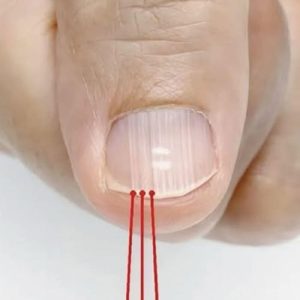Why Veins Become More Visible
Visible veins are a common and generally normal phenomenon influenced by several factors.
Low Body Fat: When body fat decreases, particularly around the limbs or torso, the thin layer of fat that normally conceals veins diminishes. This makes veins more prominent, which is why athletes and lean individuals often have noticeable vascularity.
Exercise and Weight Lifting: Physical activity increases blood flow, temporarily expanding veins. Over time, strength training builds muscle mass, pushing veins closer to the skin’s surface and making them appear larger and more defined, especially in the arms and legs.
Hot Weather: Warm temperatures cause veins to dilate as the body attempts to cool down. This increases blood flow near the skin, making veins more visible during hot days or after outdoor activity.
Aging: As skin loses elasticity and thins with age, veins and tendons stand out more prominently, particularly on the hands and forearms.
Genetics: Some people naturally have more visible veins due to inherited traits, regardless of body fat or fitness.
Hydration and Blood Volume: Proper hydration slightly increases blood volume, which can make veins expand, while dehydration can make them appear flatter.
Temporary Factors: Activities like weightlifting, hot showers, or sauna sessions can cause veins to bulge temporarily due to increased circulation and heat, usually returning to normal afterward.
While prominent veins are usually harmless, sudden swelling, pain, or changes in appearance should be evaluated by a medical professional to rule out underlying conditions.




